
Actuator Switches for any application
Actuator switches play a vital role in commanding the movement of linear actuators, offering users the ability to initiate and manage their operation with ease. You will find a range of momentary and sustaining switches designed to suit various application requirements. Whether you need precise, on-demand control or continuous operation, our switches provide the interface you need to effortlessly command your actuators with precision and reliability. Explore our collection to discover durable, reliable, and versatile actuator switches capable of powering and controlling your motors or actuators efficiently.
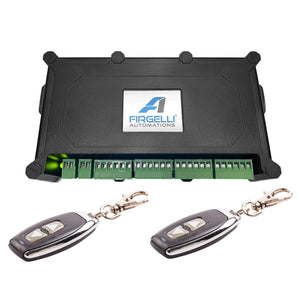
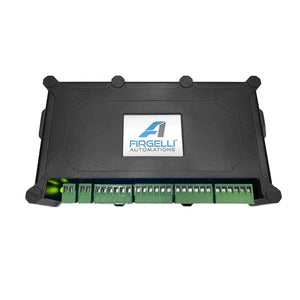
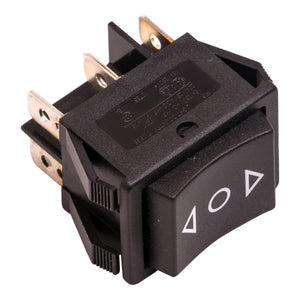
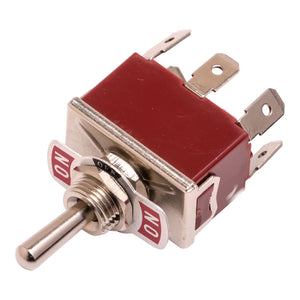
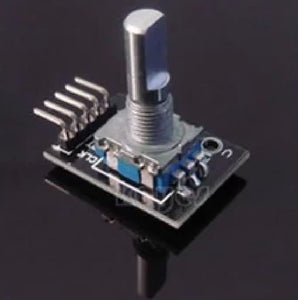
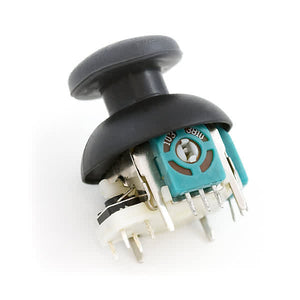

How do you Control an Actuator?
To control any actuator or motor, you'll need an actuator switch or actuator controller. Actuator switches play a crucial role in facilitating the operation of linear actuators by providing a means to initiate and control their movement. There are two basic types of actuator switches: Sustaining and Momentary.
Momentary actuator switches are designed to return to their default position automatically once pressure is released. This makes them ideal for applications where precise control or intermittent operation is required. On the other hand, Sustaining actuator switches maintain their position even after being pressed, offering continuous activation until manually released. This type of switch is commonly used for tasks that require prolonged or steady actuation.
Our collection of actuator switches encompasses a variety of options to suit different needs and preferences. From simple push-button switches to ergonomic joystick controllers, we offer a range of interfaces designed to accommodate various user preferences and application requirements. Whether you require a compact switch for space-constrained installations or a rugged joystick for industrial environments, our selection ensures you'll find the right actuator control solution for your project.
Additionally, our actuator switches are engineered for durability, reliability, and ease of use, ensuring seamless integration with your linear actuator system. With features such as ergonomic designs, intuitive operation, and robust construction, our switches empower users to efficiently control the movement of their actuators with confidence and precision.
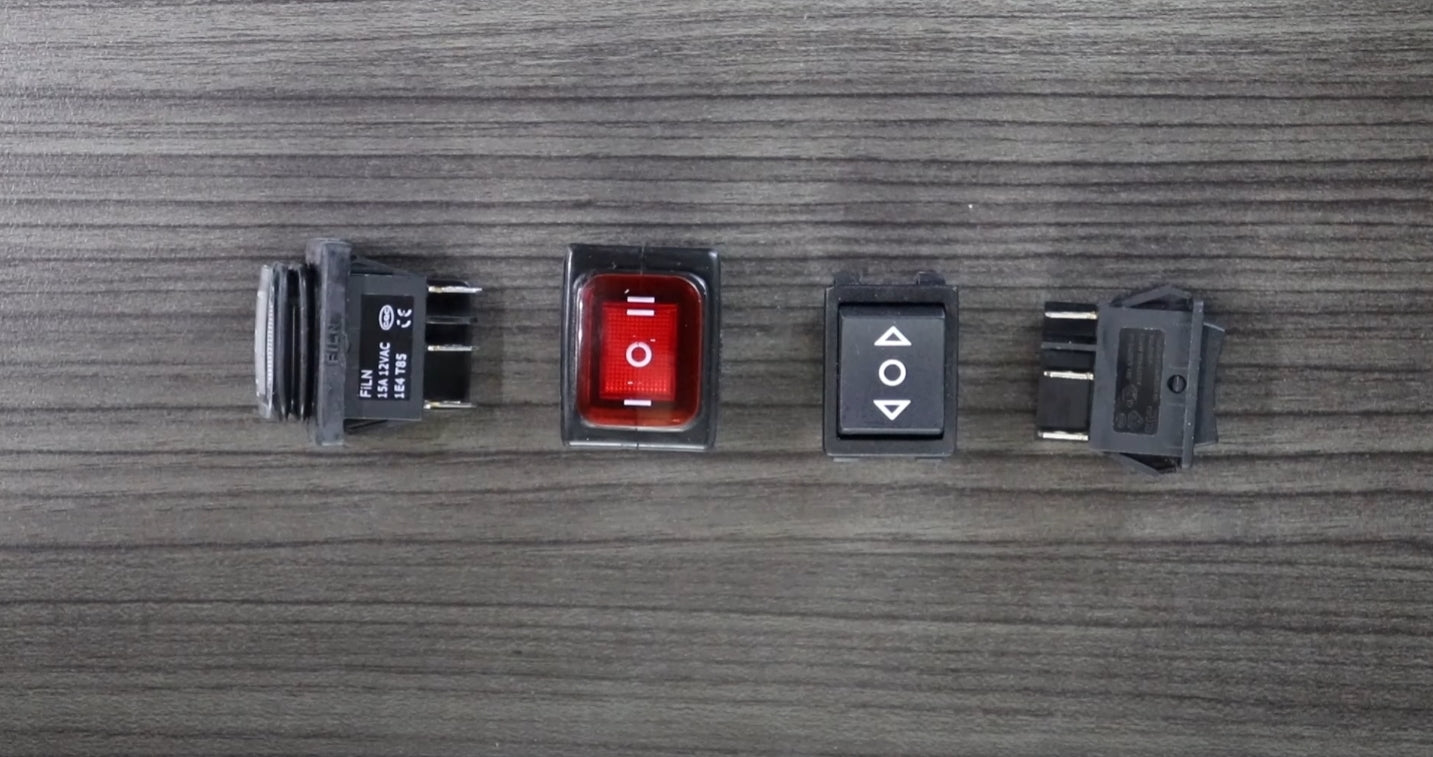
Difference between Momentary and Sustaining switch
- Momentary: Momentary switches, also known as push-to-make switches, are designed to return to their default position when the actuator button is released. This means that the electrical circuit is only completed while the button is pressed, causing the actuator or motor to run momentarily. Once the button is released, the circuit breaks, and the actuator stops running. Momentary switches are commonly used in applications where precise control or intermittent operation is required. They are ideal for tasks such as adjusting positions or activating functions only when needed.
- Sustaining: Sustaining switches, also known as push-to-stay switches, maintain their position even after the actuator button is released. This means that the electrical circuit remains closed, and the actuator or motor continues to run until the button is pressed again to deactivate it. In this configuration, the actuator will keep running even though your finger is no longer on the switch. However, it's important to note that the actuator's movement will be controlled by internal limit switches that stop it from running when it reaches the end of its stroke. Sustaining switches are commonly used in applications where continuous operation or hands-free control is required, such as lifting or lowering mechanisms, gate openers, or conveyor systems.
We have everything you need to power and control your Motors or Actuators. These Actuator Switches can carry AC or DC power for multiple Actuators or Motors that run up to 30A. For those with a little more control requirements like a trigger signal from something else, you can use Relays instead. For even more sophisticated Actuator control requirements you can use an Arduino control board which is a form of a microcontroller.

Firgelliauto Actuator Switches Made Simple
Transform your automation projects with the simplicity of Firgelliauto Actuator Switches. Designed for effortless installation and intuitive operation, our switches empower users to control linear actuators with ease and precision. We have many resources to help you install your linear actuator switches. Such as many videos that go into detail on how to use your switch with your linear actuator; aswell as going into detail on how to set up the wiring in your application. We also have made a wiring diagram generator which shows you for your application how to connect your wires together so you dont have to worry about working that out yourself. With Firgelliauto, navigating the installation process of your linear actuator switches has never been more convenient.
.
Frequently Asked Questions
To connect your switch to your actuator, start by identifying the corresponding terminals on both components. Once identified, prepare the wires by stripping their insulation and ensuring they are of adequate length. Then, connect one wire from the switch to one terminal of the actuator, and the other wire from the switch to the other terminal of the actuator. Secure these connections using appropriate connectors like crimp connectors or soldering. After securing the connections, test the switch to ensure it operates the actuator as desired, checking for proper movement and functionality. Once confirmed, secure both components in their final positions using mounting hardware. Following these steps ensures a reliable connection between your switch and actuator, allowing you to control the actuator's operation effectively.
If you are unsure exactly on how to connect the wires, we have plenty of resources such as blog posts describing in more detail have to connect them together, aswell as videos showing it done in person. We also have our wiring diagram generator which shows exactly where to connect each wire especially useful when wiring needs to be set up in a more complex system requiring multiple components.
Top Blog Posts for Linear Actuator Switches
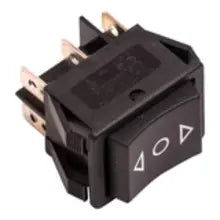
Dive into the intricate world of actuator switch control and revolutionize your understanding of linear actuators. From selecting the perfect switch to mastering wiring techniques,...
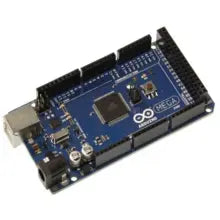
Discover the perfect synergy of arduino technology and actuator switches in our latest blog post. Unlock a realm of possibilities for your DIY projects, automation...
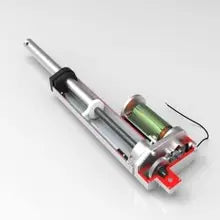
From powering robotic arms to regulating airflow in car engines, actuators play a pivotal role in our daily lives, yet often go unnoticed. Explore the...
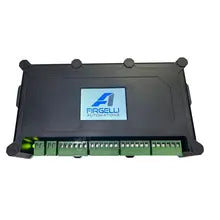
Learn about our FCB-1 control board, aswell as what features it has and how to use it. Learn how to utilize our control board to...
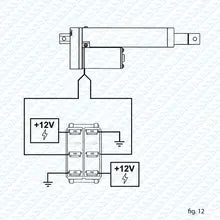
Explore the basics of reversing polarity in both DC and AC circuits. Learn about different methods to reverse polarity and how switching mechanisms play a...